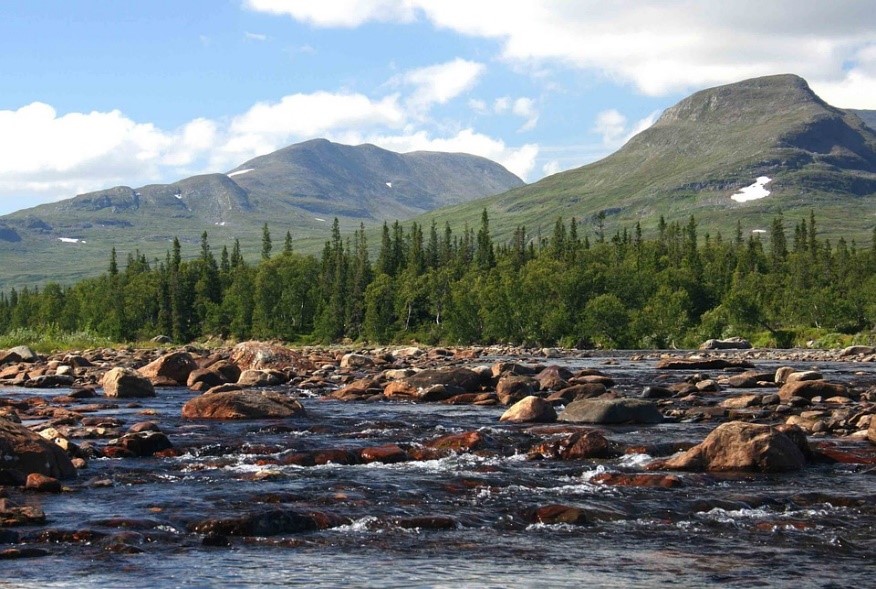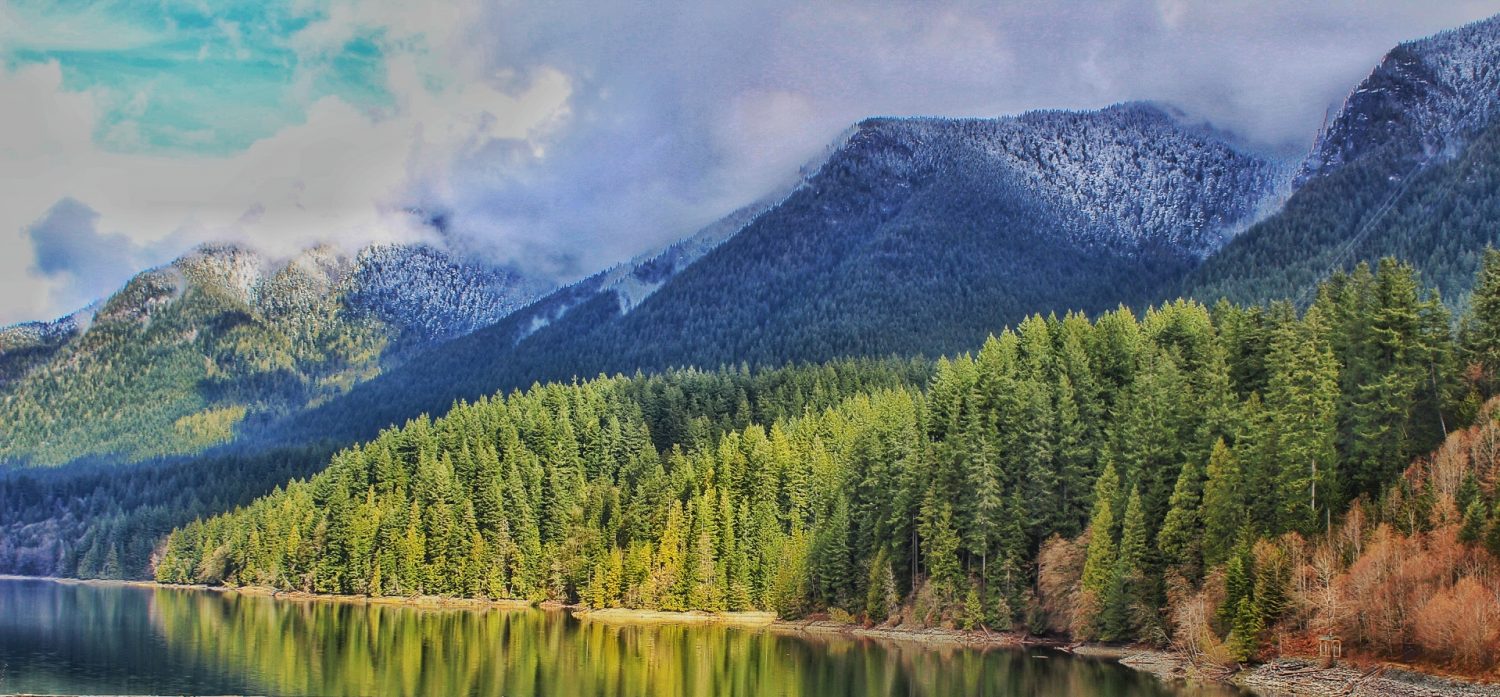A bad reputation
Heathenry has a bit of a bad reputation. People think it isn’t inclusive, or that the religion is overrun with racists, homophobes, transphobes and misogynists. In recent years there has been a fantastic effort from individual Heathens, organisations such as Asatru UK, and the various regional groups which have formed to promote inclusive Heathenry and to make it clear that bigotry has no place in our modern practice.
This was extremely important to me personally. I had been dabbling with Pagan practice – including Wicca, Hellenismos, and Celtic Paganism – before I found Heathenry, so I had heard of it, and I’d heard of the problems within it. As a gay man, beyond my objection to racist and misogynist ideologies, I was personally quite concerned with these reports and what it could mean for my personal safety if I were to become involved in Heathenry. But, my curiosity got the better of me, and I approached Heathenry, albeit very cautiously.

It became apparent quite quickly that Heathenry does have a problem with white supremacists co-opting aspects of the religion. The symbolism is particularly difficult as some of it was tarnished by the Nazis – some of the runes, especially the tiwaz (ᛏ) and sunaz (ᛋ) runes, and most notably the swastika. The valknut (fig 1) has more recently been appropriated by white supremacist groups.
Unfortunately, these people who would mar Heathenry with their harmful and discriminatory views are often among the loudest voices in the space, and definitely the most visible.
For example, when I first started researching Heathenry, I didn’t know search terms would give me the most helpful results on Google. This meant that for a while, all I could find were non-inclusive groups, some of whom were blatant, and others who attempted to hide it and put on a veneer of acceptability.
Inclusive Heathenry
But, truth be told, it didn’t take me that long to start to find the less controversial side of Heathenry. Nobody was trying to hide, but by sheer virtue of being uncontroversial, they were also less visible. In these groups Heathens of all genders, ethnicities, and sexualities were welcomed with open arms. They are places of tolerance, learning and support. They are communities in the true sense of the word, where people drawn together through their common beliefs to support each other in any way they can. We work hard to keep our communities safe, inclusive spaces by deliberately weeding out those who do not share our inclusive values, those who don’t believe that everyone can be a Heathen.
Inclusive Heathenry means acknowledging the importance of our ancestors without insisting that our ancestors must have been white Germanic people in order to be Heathens now. Inclusive Heathenry means acknowledging the culture and norms of the ancient people who first worshiped the Gods, while not putting those norms on a pedestal and claiming that we should somehow recreate their world. Heathenry is a living religion, and must be practical for modern people within our modern cultures.
The vast majority of serious Heathens I have spoken to have agreed with the principles of inclusive Heathenry, and I truly believe that Heathenry could and should be considered to be just as welcoming to LGBTQIA+ people as other types of Paganism.
An Optics Problem – Making Heathenry Visibly Inclusive
Despite this, I am concerned that LGBTQIA+ people such as myself may be put off Heathenry – as I almost was! – by the ever-present shadow of white supremacy and bigotry that a minority of people are too keen to extend.
We as a community are currently fighting a battle to retain and reclaim some of our symbolism. The valknut is one of these, but the mjölnir is also a current battleground. It is one of the most common and visible symbols of Heathenry that many Heathens wear as a necklace in their day to day lives, and it can help Heathens to recognise other practitioners. But it is also worn by some white supremacists who are drawn to the “Viking” aesthetic, without necessarily believing in the Gods, whose appalling actions and statements affect how people view Heathenry as a whole.
The primary way Heathens have been attempting to combat this is to simply be good representatives of our faith. To be kind, and welcoming, and making it clear from the outset that we and our communities will not tolerate discrimination of any kind.

But I think we can go further. I think that Heathenry needs to rehabilitate its image altogether. Our symbols, imagery, the aesthetic of book covers and album art and t-shirts tends towards looking aggressive and hostile. Part of this is undoubtedly the urge to incorporate the history and culture of the people who first told stories of our Gods into our own modern lives, but it focuses overwhelmingly on the warrior, on the sailor, on the winter.
Decoupling our symbolism and imagery from these specific trends and norms and embracing other aspects of the natural world could help. We already have Yggdrasil – the life tree – so why not couple our Heathen symbols with trees, with flowers, with agriculture? Why do we always choose to draw our symbols with thick black lines – like the valknut above? We have the bifröst – the rainbow bridge connecting the nine realms – so why not add some colour?
In realigning our symbols and imagery with less traditionally masculine or “cool” aesthetics, my hope is that at the very least we could create a clear divide between inclusive Heathenry and the racists who want to ruin everything for us. With a bit of luck, maybe we could make Heathen symbols too queer for them to want to associate with anymore.
I don’t claim to have all the answers, but I believe that if we keep fighting to make Heathenry a safe place for everyone irrespective of skin colour, ancestry, gender identity or sexuality, we will get there.
Daniel Palmer
